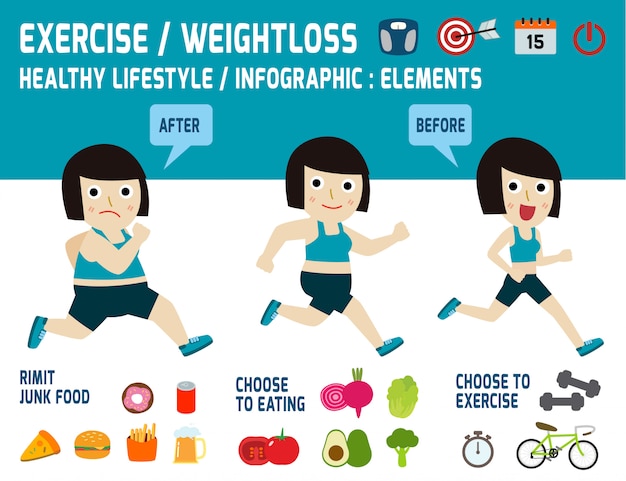7 Steps To Using Cold Laser For Smoking Cessation
7 Steps To Using Cold Laser For Smoking Cessation
Blog Article
What to Expect During a Cold Laser Technique Session
Cold laser treatment is a non-invasive, pain-free treatment that helps in reducing inflammation and boosts cell regrowth. It is a risk-free option to intrusive procedures and frequently has immediate outcomes.
Laser photons initiate a domino effect of chemical reactions within the cell that decrease pain, swelling, and increase healing. It increases blood flow to the area by inducing vasodilation.
What to Anticipate
Cold laser therapy is a non-invasive therapy that uses low-level laser light to pass through deep into injured tissues, setting off cell feature on several levels to advertise tissue recovery. This helps reduce discomfort and inflammation, while advertising contraction and regrowth.
During a session, you'll rest or rest conveniently and the professional will mark the locations on your body that need to be dealt with. The expert after that applies a tiny handheld tool with the laser to the area. During the treatment, you might feel a small prickling or warmth in the location of your injury.
Before starting treatment, it is necessary to clean the area of your injury and eliminate any kind of fashion jewelry or various other objects that could hinder of the laser's course. It's also important to avoid any type of combustible materials that could be in the location of the laser beam of light. This will certainly ensure your security and the performance of the therapy.
Prep work
Cold laser treatment functions by beaming light externally of your skin. The light is soaked up by the top layer of your skin and then stimulates the cells to create power that advertises healing.
Throughout the treatment, you might really feel a warm or prickling experience in the location that is being dealt with. This is totally normal, though you ought to let the practitioner recognize if the experience is uncomfortable or too strong.
This treatment has a lot of assurance for aiding clients with stressful brain injury (TBI). The therapy is non-invasive and doesn't have any kind of negative negative effects. Nonetheless, even more research study is required to identify the optimum treatment method. The very best means to learn if you are a candidate for this sort of therapy is to consult with an experienced physiotherapist. They will certainly be able to aid you determine if chilly laser treatment is right for you.
The Therapy
As soon as the practitioner has actually effectively positioned you for therapy, they will then put the cool laser device on the damaged area. They might keep it on for 30 secs or longer, depending on the size of the injury and its sensitivity. They will make use of protective goggles to make certain that the laser does not directly strike the eyes, and they will certainly ensure that you are secured from any glare that might take place.
You may feel a minor prickling sensation on the area that is being treated, however it will certainly not be undesirable or uncomfortable. This is an indicator that the laser is working to promote the recovery procedure in the affected tissue.
A lot of people experience pain relief within a few sessions, with some seeing enduring outcomes also after numerous months of therapies. It is very important to note that LLLT is not indicated as a single therapy for any kind of persistent pain condition and it must be coupled with other restorative methods in order to accomplish optimal outcomes.
Post-Treatment
After you relax or rest, the expert will certainly use a stick with a collection of light-emitting diodes to target your discomfort website. You will certainly put on protective eye goggles, and the laser may be held on your skin for 30 to 60 seconds. You may feel a mild, soothing sensation during the treatment.
The photons from the laser penetrate deep into your tissue, triggering dark circle laser treatment a healing response on a cellular level. Unlike various other forms of laser therapy, this low-intensity approach does not create heat.
Some studies have shown that cold laser therapy is effective in treating a number of conditions, including chronic pain and wounds. However, it is less widely accepted as a common clinical technique, and it isn't covered by several medical insurance strategies. In addition, it is not advised to be utilized over any type of questionable cancerous lesions or cancers or on expectant ladies. You must always speak with your oncologist before pursuing this kind of treatment.